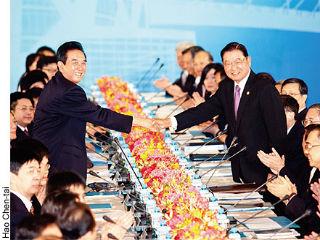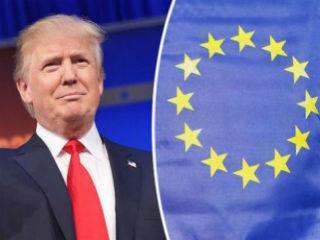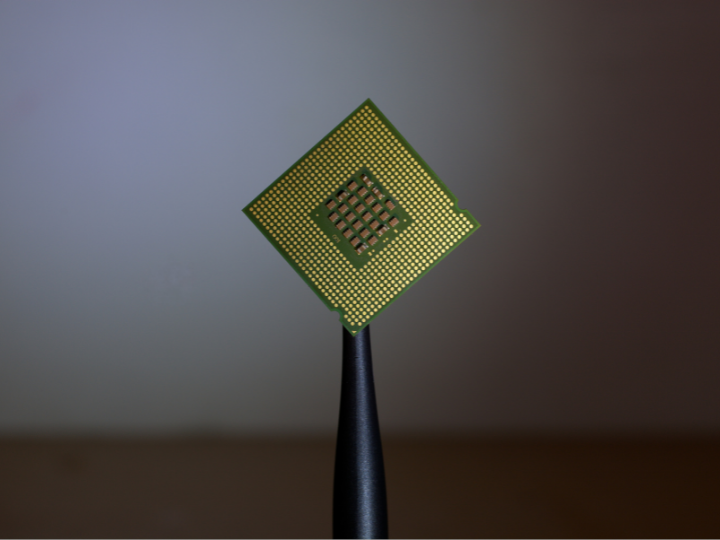New Trade Pacts Boost Cross-Strait Opportunities
Agreements are aimed at supporting Taiwanese businesses in mainland China.

Then-SEF Chairman Chiang Pin-kung, right, and his ARATS counterpart Chen Yunlin exchange greetings during crossstrait talks August 9 this year in Taipei.
by
Coral Lee
Recent months have seen cross-strait economic cooperation taken a step further to eliminate trade barriers and enhance protection for Taiwanese businesspeople in mainland China. On August 31, Taiwan and mainland China signed a memorandum of understanding on yuan currency clearance. A little more than three weeks earlier, the eighth round of talks between the Republic of China’s (ROC) Straits Exchange Foundation (SEF) and its mainland Chinese counterpart, the Association for Relations Across the Taiwan Straits (ARATS), concluded with the inking of agreements on customs cooperation and investment protection.
The currency memorandum, which is expected to take effect by the end of October, will establish a direct clearing system between banks across the strait and expand services on remittances. It will help minimize exchange-rate fluctuations and create more business opportunities for Taiwan’s financial sector by allowing individuals and businesses to open yuan accounts, trade in the currency and purchase derivatives and other financial instruments issued in the yuan denomination.
The customs cooperation pact, meanwhile, is geared toward reducing business costs by streamlining clearance procedures, strengthening consultations on customs-related issues, bolstering border protection and facilitating information- sharing to crack down on smuggling. The agreement also paves the way for future mutual recognition of authorized economic operators.
Perhaps the most anticipated of all is the finalization of the investment protection agreement, whose creation was first discussed in 2010 at the fifth of the so-called Chiang- Chen talks between Chiang Pin-kung, then head of the SEF, and his ARATS counterpart Chen Yunlin. The pact took many rounds of negotiation as it touches on sensitive issues connected to sovereignty and judicial procedures.
The investment protection accord was based on a number of international investment protection pacts, which were tweaked to suit the unique circumstances of the cross-strait relationship, with particular regard given to enforceability. Its content includes definitions of investors and investments, scopes of application and exceptions, treatment of investments, transparency, compensation for losses, dispute settlement, contact mechanisms, and other important matters.
What have attracted the most attention are the five methods of resolution that can be employed in the event of a dispute between investors and local governments on mainland China, including voluntary negotiations between the two, appeals to higher-level officials, negotiations between government agencies across the strait, and appeals to arbitration institutions on either side of the strait, as well as administrative remedies and judicial procedures.
Unusual among investment pacts, the agreement also covers disputes among investors. It used to be that Taiwanese businesspeople in mainland China could only pursue arbitration there. Under the new rules, they will also be able to choose Taiwan or Hong Kong arbitration institutions. Moreover, they will be able to change the venue to another location altogether, so long as both sides agree.
The ROC Ministry of Economic Affairs has stated that the agreement differs significantly from most investment pacts because it reflects in many ways the special nature of the cross-strait relationship. The Taiwan-Japan investment protection arrangement that was signed in 2011, for instance, is only applicable to direct investment. But because many Taiwanese invest in mainland China through another territory (Singapore, for example), the agreement took an especially broad approach and allows Taiwanese investing via a third location to enjoy the benefits of the deal.
Even more importantly, the agreement is retroactive. Parties can employ the new mechanisms to resolve any ongoing disagreements.
“The investment agreement isn’t a magic pill for resolving all business disputes,” says former SEF Chairman Chiang, who urges Taiwanese investors to take adequate precautionary measures rather than relying on the new procedures if problems arise. Before investing in mainland China, many foreign investors employ accountants and lawyers to conduct thorough research on regulations there. Taiwanese businesses should likewise become familiar with regulations in mainland China, gain an understanding of the political and economic environment and choose partners prudently.
With regard to issues of personal safety, which are of particular concern to Taiwanese business owners across the strait, the agreement only states basic principles: via a “document of consensus,” the SEF and ARATS agree that if the police detain investors or members of their families, they will notify their businesses or other family members. Also, via a mechanism of cross-strait judicial notification, they will promptly notify the appropriate government agency across the strait. Both sides will also uphold basic human rights by allowing the detained person to meet with lawyers and receive visits from family members.
Chang Pen-tsao, chairman of the General Chamber of Commerce of the ROC, believes that the clearest benefit of the pact is that the scope of protection has increased to include both families and employees of Taiwanese businesspeople, as well as their property. If decisions by mainland Chinese government agencies impose property losses on Taiwanese investors there, such as by repossessing land before the expiration of a lease, then the authorities must negotiate with the Taiwanese businesspeople involved and provide compensation. These measures offer more security to Taiwanese businesses.
Taiwanese businesspeople in mainland China can look forward to greatly enhanced support from the ROC government. The investment protection agreement represents a new opportunity for cross-strait cooperation.



 By: N. Peter Kramer
By: N. Peter Kramer
